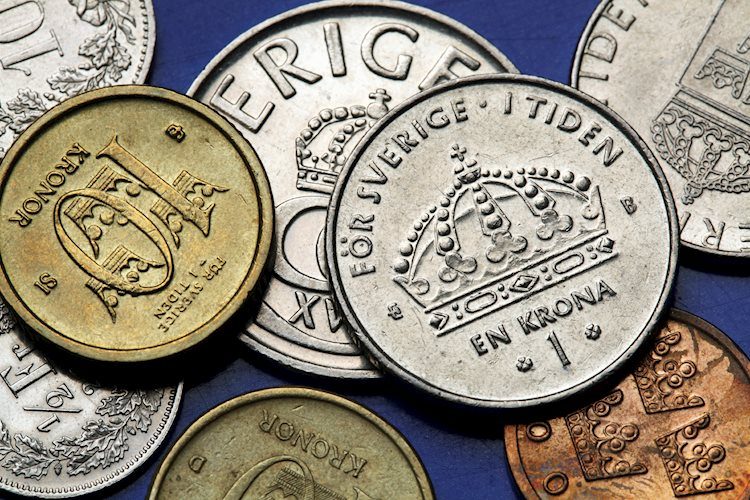[ad_1]
When people experience a period that in the future will be defined as a remarkable historical period, during this period, people hardly perceive and understand its significance. This is perhaps because people cannot perceive that some unavoidable needs in this period create a historical juncture.
The historical juncture created by the unavoidable needs of a period is defined as historically significant because it can change the long-term course of the prospects of an industry, a society, a country, or a region.
In recent years in the EU, it is very likely that such a juncture has been created, capable of significantly changing from now on the continent’s long-term prospects. This means that there is a need for a review of the risks and opportunities in the EU regarding the strategy of investing and trading in commodities, bonds, forex, and shares.
The inevitable needs that today create the historical juncture in Europe concern its economic integration, its independence from fossil fuels and the upgrading of security and defence in the EU.
EU integration
In the last decade, due to the debt crisis, the recession caused by the pandemic and recently due to, the energy crisis caused by the war in Ukraine, the EU has decided to support the EU countries with many billions of euros. Recently, it even decided to finance Europe with the biggest fiscal stimulus program, since together with the Next Generation EU scheme, in the following years, over two trillion euros will be spent in Europe. On areas such as the ecological transition, digital transformation, education and improved social protection.
What needs to be pointed out is that EU integration is the new reality as the need to financially support the member states lead to the gradual mutualization of its debt and the issuance of Eurobonds, thus changing the way of perceiving the economic prospects of the Union.
The financial support of the member states is the only way for European integration since if, for example, the ECB stopped buying bonds based on the TPI mechanism from EU members, there would be the risk of a new European debt crisis. Such a development would lead to conditions of disintegration of the union at a time when cohesion in the EU is more necessary than ever to deal with revisionist countries such as Russia and its opaque allies.
However, integration into the EU raises questions about its economic prospects. The stimulus packages, on the one hand, will stimulate the EU economy, but if the ECB continues to finance Europe, the public deficits of the countries will remain high, causing the debt of some countries to swell further.
But given the mutualization of European debt through the Transfer Protection Instrument (TPI), where the Eurosystem can buy bonds to combat a country’s worsening financing conditions, perhaps the time has come when, from now on, we should face the debt of the member countries not individually but as a whole as one entity of the EU. This means that gradually we will need to stop looking at the debts of the countries individually and see the European debt as a whole as the debt of the EU entity.
So, a serious question that arises is:
Is EU debt mutualization making its debt out of control?
For the Eurozone as an entity, the debt-to-GDP ratio is not excessive as at the end of the second quarter of 2022, the government debt-to-GDP ratio in the euro area stood at 94.2%, compared with 95.2% at the end of the first quarter of 2022. In the EU, the ratio also decreased from 87.5% to 86.4%. For both the euro area and the EU, the decrease in government debt to GDP ratio is due to an increase in GDP outweighing the increase in government debt in absolute terms. Compared with the second quarter of 2021, the government debt to GDP ratio decreased more strongly in both the euro area (from 97.9% to 94.2%) and the EU (from 90.5% to 86.4%). The decreases are due to the rebound in GDP, while debt in absolute terms continued to increase.
The relatively low debt-to-GDP ratio in the EU is mainly due to the low debt of Germany, the Netherlands, Ireland, and the Nordic countries, which act as both driving forces and guarantor forces of the EU. Thus, Europe, as a single entity, can borrow at low-interest rates, making its debt manageable.
This is a significant advantage for the EU since Europe will need to make significant investments to reduce its dependence on Russia and thus avoid the risk of energy and goods shortages and thus reduce commodity prices and inflation. While at the same time, the ECB’s support to member states is helping to stimulate economic growth at a time when the EU will need to invest in strengthening its security and defence shield.
It is worth noting that the EU’s debt-to-GDP ratio is relatively lower than that of the US, which stood at 123% in September 2022.
Targeted Investments
The Eurosystem, even if the debt is increasing, still has room to strengthen the EU economies to create conditions to avoid recession in the EU. Europe, with its stimulus packages of more than 2 trillion euros, is called upon to make significant investments to reduce its dependence on Russia and avoid the risk of energy and commodity shortages and thus reduce prices and inflation, which is one of the most critical risks in the EU.
Although short-term uncertainty remains high, targeted investments in the conditions of the historical juncture, which are energy independence with clean energy, strengthening security and defence and the EU integration strategy, are the way forward for stable conditions, while a recession in the EU will be avoided.
In fact, avoiding a recession through these components would signal a stabilization of commodity prices and remove the scenario of a devaluation of the euro, while the main objective is to stabilize inflation with long-term growth in the European Union.
[ad_2]
Source link


